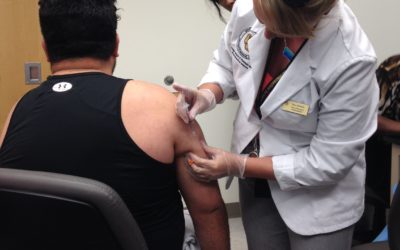The “keto” diet, or ketogenic diet, has gained a lot of popularity in recent years. Many people seem to like it because you can still eat a lot of foods that aren’t typically thought of as part of a “diet” and there are many ideas out there for meals that look tasty! For example, foods like bacon, steak, and cheese are part of the keto diet. The keto diet is high in fats, so people tend to feel full and feel less like they’re sacrificing for the sake of a diet. Many people have lost a great deal of weight with the keto diet, and it often seems to work well if done right. The keto diet has also been found to be helpful for people with certain medical conditions like epilepsy (seizures) and diabetes, just to name a couple.
The ketogenic diet is high in fats, moderate amounts of protein, and very low in carbohydrates (also called carbs. To understand the keto diet, it is important to understand macronutrients. Macronutrients are a type of food found in large amounts in the diet – they include fats, carbs, and proteins. Fats are found in many different foods such as oils, avocados, olives, coconut, milk, meats, butter, etc. In the past, a “low-fat” diet had been forced into people’s heads, leading many to believe fats are all bad. However, there are good fats, and fats are part of the human diet. Fats should typically be consumed in moderation if you’re not following the keto diet, but the concept of the keto diet is to eat a diet high in fats.
Carbs are a huge source of food for many people. Carb sources include anything with sugar like fruits, honey, syrup, candy, pastries, etc. There are other types of carbs that you may not think of as containing “sugar”, but things like pasta, bread, cereal, peas, beans, and potatoes are all carb sources too. Carbs are often discussed when it comes to diabetes because they increase the blood sugar in people with diabetes. One of the reasons the keto diet works well for diabetes is because it cuts out carbs. It is not known why the keto diet helps with seizure disorders. The last macronutrient is protein. Protein sources include eggs and meats, like beef, pork, fish, and poultry (I.e. chicken, turkey, etc.). Proteins help you feel full throughout the day and they are essential to fuel you. Knowing the different macronutrients is key because the keto diet consists of a moderate amount of protein, very low in carbs, and high in fats. The true keto diet is at least 90% fat as the main food source.
The keto diet works by changing the main kind of energy or fuel your body and brain use from carbs to fats. When your body starts breaking down your fat and only uses fat for fuel, it is called being in a state of “ketosis” or “ketogenic”, hence the name for the diet. It is important to know how to read food labels in order to know what kind of macronutrients you’re consuming. There are many helpful resources online to help learn food label reading. It might even be helpful to work with a dietician to determine how best to approach the keto diet and find out what you can eat. There are risks to any diet, and many of the foods you can eat as part of the keto diet are not always the healthiest. You should discuss with your healthcare provider before starting any drastic diet, especially if you’re on diabetes medications, have high blood pressure, high cholesterol, heart disease, or any pre-existing medical condition.
Resources:
https://www.dietdoctor.com/low-carb/keto
https://www.fda.gov/food/new-nutrition-facts-label/how-understand-and-use-nutrition-facts-label












